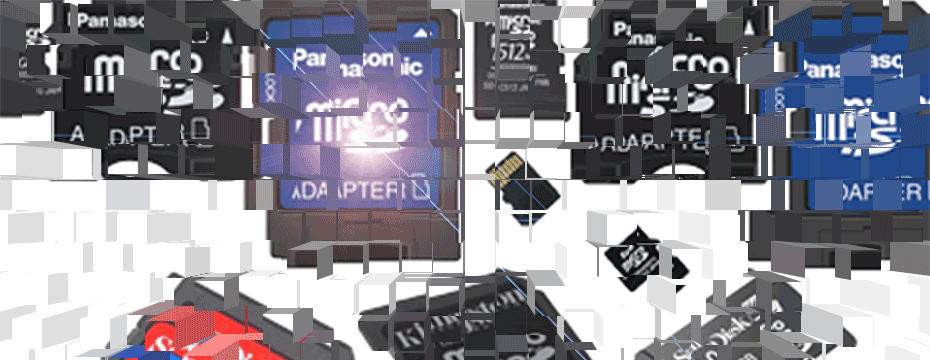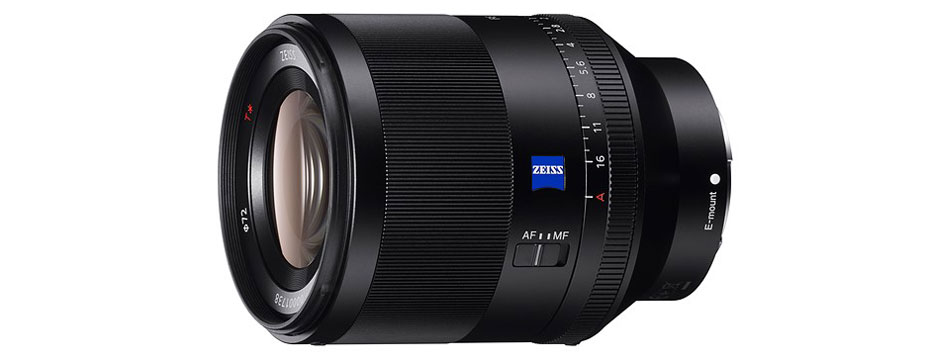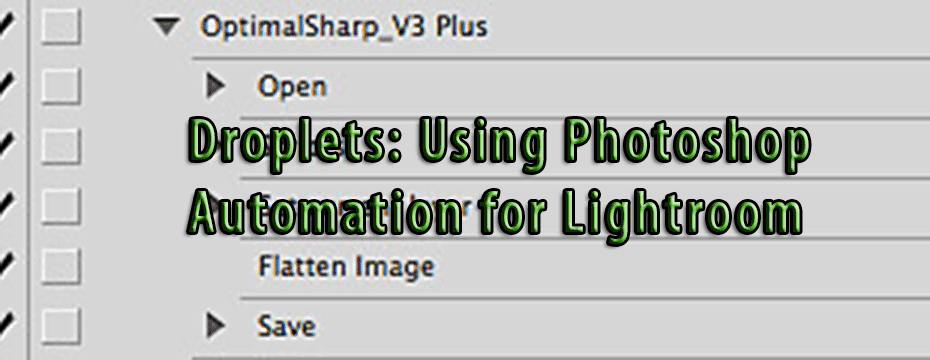
Counting On SD Cards

The SD Deck of Cards. What A Confusing Mess!
Christmas is past but the Grinch left me one more New Years present. I discovered a new 32GB SDXC card bit the dust, and took my whole Happy New Year along with it. Everything. The whole lot, stills and video both from New Years Eve and New Years Day. Two events, foolishly recorded to the same large 32GB SD card. It was a long, late night, and a very early morning start for a New Years Day. I had a choice: sleep or download SD cards and charge batteries. I chose sleep. But as it turns out, it would not have mattered.
The SD card brigade of choices means little to me. I never have understood all of them. SD Card worlds are not like the CF Card world where things are simply stated as “times” or “X” the established base recording rate. As it relates to my A7R, Sony specifies SDXC Type I cards for the A7R, which at 32GB exceeded my older SDHC cards I had with me as backups. My reasoning being to fill up the card Sony recommends for the A7R first. I never planned for the inevitable card failure, so failed to heed my own advice to others about cards:
Use Smaller SD Cards – Change Them Frequently.
My normal mix in SD format is 16GB and 8GB cards, though the card that just failed was a 32GB, the smallest capacity SDXC card I could find. I bought one to evaluate. Given the A7R’s 45MB RAW files, my thought was the extra space was more video space. A failed test. Had I been using my usual 16 GB cards, I would have had my footage from at least one of the two events. Possibly both. I tempted fate by being techno silly. I thought my way into disaster. I outsmarted myself. Or did I?
I followed “the book” where photographic experience should have made my decision a different one. The A7R instructions call for using SDXC cards, formatted in camera prior to use. My card wallet is full of a mix of 8GB and 16GB XDHC cards. I bought one SDXC UHS-1 card to test. I know better than to put my whole shoot on one card, let alone two complete days of work. I’ve had cards fail before. I got sloppy, and I paid the price for it. I lost the whole happy new year party.
Seriously, don’t let the same thing happen to you. Split up your work onto multiple cards. If you don’t own SD cards with the right specifications, buy enough cards with a new camera to cover two days of your shooting. Only you know how many cards that is as it varies for each of us. Follow this path, and you will always have enough cards that you can safely leave a days worth of work without downloading, and still have card space for a second days worth of shooting. One day, you will need all of that card space, and when that day comes you won’t have time to decide between what to chimp or delete, and what to save.
Today I experienced a second SD card failure, this time a card that I have used repeatedly in other cameras. Once again, when I inserted the card into my USB card reader on my Mac, the card could not be mounted. Upon further investigation of both this 16GB XDHC and the failed 32GB XDSC were unreadable cards in either my computer or the A7R camera body itself. Almost magically, neither device would communicate, even after a normal format!
I believe the problem has to do with the Sony in camera card Format process, but I could be wrong. I suspect that the A7R camera formats the SD cards using an NTFS file system, in place of the PC/MAC mutually compatible exFAT scheme.
For those of you who just want the answers how to avoid problems, please jump past this block quote techno nerd explanation of exFAT From WikiPedia:
exFAT (Extended File Allocation Table) is a Microsoft file system optimized for flash drives. It is proprietary and patent-pending. It is supported in Windows XP and Windows Server 2003 with update KB955704, Windows Embedded CE 6.0, Windows Vista with Service Pack 1, Windows Server 2008, Windows 7, Windows 8, Windows Server 2008 R2 (except Windows Server 2008 Server Core), Mac OS X Snow Leopard starting from 10.6.5, Mac OS X Lion, OS X Mountain Lion, and OS X Mavericks.
exFAT can be used where the NTFS file system is not a feasible solution (due to data structure overhead), or where the file size limit of the standardFAT32 file system (that is, without FAT32+ extension) is unacceptable.
Unlike NTFS, exFAT cannot pre-allocate disk space for a file by just marking arbitrary space on disk as ‘allocated’. As in FAT, when creating a file of known length, exFAT must perform a complete physical write equal to the size of the file.
exFAT is also supported in a number of media devices such as modern flat panel TVs, media centers, and portable media players.
Advantages
The advantages over FAT file systems include:
- For the typical user, seamless interoperability between Windows and OS X platforms for files in excess of 4 GiB. NOTE: Windows XP may require Update for Windows XP (KB955704) to manage exFAT formatted drives.
- Scalability to large disk sizes: 64 ZiB theoretical max, 512 TiB recommended max, raised from the 32-bit limit (2 TiB for sector size 512) ofFAT32 partitions.
- File size limit of 16 EiB–1 byte. (limited by volume size), raised from 4 GiB−1 byte in a standard FAT32 filesystem. (The open FAT32+ specification proposes an extension how to store files up to 256 GB on otherwise backward-compatible FAT32 volumes as well. This extension is available in some versions of DR-DOS so far, but is trivial to implement in other FAT32 implementations as well.)
- Cluster size up to 32 MiB.
- Free space allocation and delete performance improved due to introduction of a free space bitmap.
- Timestamp granularity of 10 ms (same as in FAT12/FAT16/FAT32 for creation time, but not as fine as NTFS’s 100 ns).
- Optional support for UTC timestamps (starting with Vista SP2).
- Optional support for access control lists (not supported in Windows Vista SP1).
- Optional support for TexFAT, a transactional file system standard (optionally WinCE activated function).
- Provision for OEM-definable parameters to customize the file system for specific device characteristics.
Disadvantages
The disadvantages compared to FAT file systems include:
- Microsoft has not released the official exFAT file system specification, and a restrictive license from Microsoft is required in order to make and distribute exFAT implementations. Microsoft also asserts patents on exFAT which make it impossible to re-implement its functionality in a compatible way without violating a large percentage of them. This renders the implementation, distribution, and use of exFAT as a part of free or open-source operating systems or of commercial software, for which the vendors could not obtain a license from Microsoft, legally difficult, especially in countries that recognize United States software patents. (EDITORS NOTE: This Bold and Italics emphasis is mine, as it is one logical explanation why this problem exists in the first place. Does Sony have the necessary license to distribute the Microsoft exFat formatting code? )
- Limited support outside Windows and Mac OS X operating systems as of 2012, when most consumer electronic devices could only handleFAT12/FAT16/FAT32, rendering exFAT (and flash memory formats using it) impractical as a universal exchange format.
- Some distributions of Linux have begun to include support for exFAT. It is however, only available as a file system in user space, as it is not supported by the kernel.
- All Windows NT versions after Windows XP support exFAT. Updates may be required before use.
- Windows Vista is unable to use exFAT drives for ReadyBoost. Windows 7 removes this limitation, enabling ReadyBoost caches larger than 4 GiB.
- The standard exFAT implementation is not journaled and only uses a single file allocation table and free space map. FAT file systems instead used alternating tables, as this allowed recovery of the file system if the media was ejected during a write (which occurs frequently in practice with removable media). The optional TexFAT component adds support for additional backup tables and maps, but may not be supported.
- Support for up to 2,796,202 files per subdirectory only. Microsoft documents a limit of 65,534 files per sub-directory for their FAT32 implementation, but other operating systems have no special limit for the number of files in a FAT32 directory. FAT32 implementations in other operating systems allow an unlimited number of files up to the number of available clusters (that is, up to 268,304,373 files on volumes without long filenames).
So there you have it. A problem exists. Why, who knows. Will it be fixed? Highly unlikely, if past experience is any indication. So what to do to work around the problem?
Mac users have an APP in their Utilities Folder called appropriately, “Disk Utility.” Equally, Widows users have their Format program. NONE OF THESE DESTOP FORMAT ROUTINES SHOULD EVER BE USED! They can even inadvertently cause complete data loss, if you are not very careful. I would also advise other Mac users should not use the Sony in camera card format option. The proper way to format any SD card, according to the World authority on everything SD, the SD Association (http://www.sdcard.org) you should always use one of the two following applications, to insure compatibility between your A7R and Mac or PC, and to avoid completely data loss similar to the ones I have just experienced.
The SD Formatter utility is available free of charge at the following two links, depending upon your operating system. I can verify that using it will correct and sort out any present SD Card format problems, and return your cards to their pristine clean condition easily & quickly.
Download SD Formatter Utility For Mac
Download SD Formatter Utility For Windows
PLEASE RATE THIS STORY! [ratings]









Pingback: outbackphoto - News - Counting On SD Cards
Suzanne Birrell
I suggest uploading the cards at lunchtime or on any breaks. I had the unfortunate experience of loosing a days worth of sound recording because the card physically split. Fortunately, the cameraman had recorded sound as well which we were able to utilize with a lot of cleanup.